Discover the secrets to crafting perfect homemade bread recipes that rival professional bakers. Whether you’re a seasoned baker or new to the kitchen, learn the essential ingredients, techniques, and tools that guarantee success. Explore diverse bread recipes, from classic loaves to artisanal varieties, and discover how to achieve that golden crust and soft interior everyone loves. Find out why homemade bread is not only healthier but also more cost-effective than store-bought options. Learn how to troubleshoot common mistakes and when it’s worth investing in a bread maker to save time while enjoying fresh, homemade bread. Dive into the world of bread-making and unlock the joy of creating delicious, nourishing recipes that your family will love.
- Homemade Bread Offers Long-Term Savings and Customization Options Compared to Store-Bought Bread
- Extend the Freshness of Homemade Bread by Storing It Properly and Freezing It for Later Use
- Consider Your Lifestyle and Preferences When Deciding If a Bread Maker Is Worth the Investment for Convenience and Quality
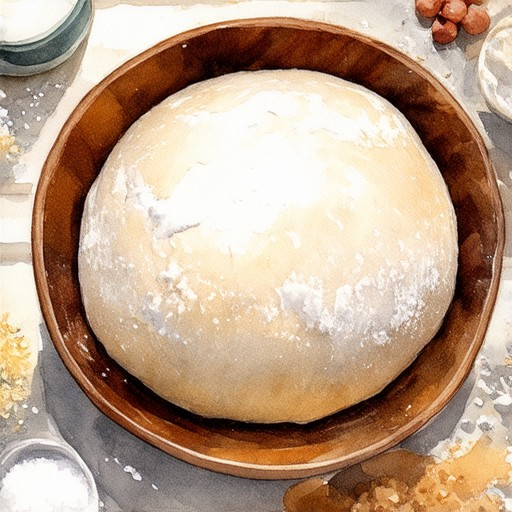
What is the Secret to Making Homemade Bread?
The secret to making homemade bread lies in attention to detail, quality ingredients, and understanding the basic principles of baking. Here’s a guide to crafting delicious bread:
- Ingredients: High-quality flour, active dry yeast, water, salt, and optionally sugar or oil.
- Technique: Mix ingredients thoroughly, knead dough evenly, let it rise in a warm place, shape into desired forms, and bake until golden brown.
- Environment: Maintain a consistent temperature around 70°F (20°C) and ensure proper airflow in your oven for even baking.
- Patience: Allow dough to rest and rise fully before baking, ensuring gluten development and proper structure.
For more tips, check out our bread baking guide or explore our recipe collection .
What Are the Ingredients in Homemade Bread?
Homemade bread typically requires the following ingredients:
Primary Ingredients:
- Flour : The base ingredient, usually all-purpose or whole wheat. Whole wheat provides more fiber and nutty flavor.
- Water : Essential for the dough to rise and become light and fluffy.
- Yeast : Active dry yeast or instant yeast is commonly used. Fresh yeast may also be available but requires proofing.
- Salt : Enhances flavor and helps regulate the dough’s acidity.
- Olive Oil or Butter : Adds fat and moisture, contributing to a softer texture.
- Sugar or Honey : Provides sweetness and food for the yeast to feed on during fermentation.
Optional Ingredients:
- Herbs and Spices : Such as garlic powder, onion powder, or cumin for added flavor.
- Nuts or Seeds : For extra texture and nutrition, like sunflower seeds or chopped nuts.
- Whole Grain Flours : For increased fiber content and healthier options.
- Milk or Buttermilk : Can be substituted for water in some recipes for richer flavor.
These ingredients come together to create a simple yet versatile base that can be adapted to create a variety of bread types, from sourdough to sweet breads.

Bread Making Mistakes and Solutions
Mastering bread making can sometimes feel challenging, but with a little patience and knowledge, you can overcome common pitfalls. Here are seven common mistakes to watch out for and how to prevent them:
- Mistake 1: Overflouring the Dough Adding too much flour can make your dough too dry and difficult to work with. To prevent this, always measure your flour carefully using a kitchen scale or measuring cup. Sift the flour gently before adding it to the mixture to avoid clumps.
- Mistake 2: Not Kneading Enough Kneading is essential for developing gluten, which gives bread its structure. If you don’t knead enough, your bread will be dense and lack elasticity. Use the palm of your hand to knead the dough firmly against the countertop for at least 8-10 minutes.
- Mistake 3: Using Too Much Yeast Too much yeast can cause your dough to rise too quickly, leading to a gassy texture. Always follow the recipe’s recommended amount of yeast and store it properly in an airtight container in the refrigerator until needed.
- Mistake 4: Skipping the Proofing Step Proofing allows the yeast to activate and develop flavor and aroma. Place the dough in a warm spot (around 75°F to 80°F) for 1-2 hours or until it has doubled in size. This step is crucial for a light and airy loaf.
- Mistake 5: Baking at the Wrong Temperature Bread baking requires precise temperature control. Most recipes call for baking at 375°F. If your oven runs hotter, consider lowering the temperature slightly or placing the bread on a baking sheet with a rim to catch steam.
- Mistake 6: Not Letting Bread Cool Properly Bread needs time to cool down after baking to set properly and allow the interior to firm up. Cutting it too soon can result in a gummy texture. Let it cool on a wire rack for at least 30 minutes before slicing.
- Mistake 7: Measuring Ingredients Improperly Incorrect measurements can completely throw off your bread recipe. Use a digital scale for accuracy and ensure all ingredients are leveled properly before mixing. For liquids, measure first then pour.
By paying attention to these common mistakes and implementing the solutions, you’ll be well on your way to producing perfect loaves of bread every time. Happy baking!
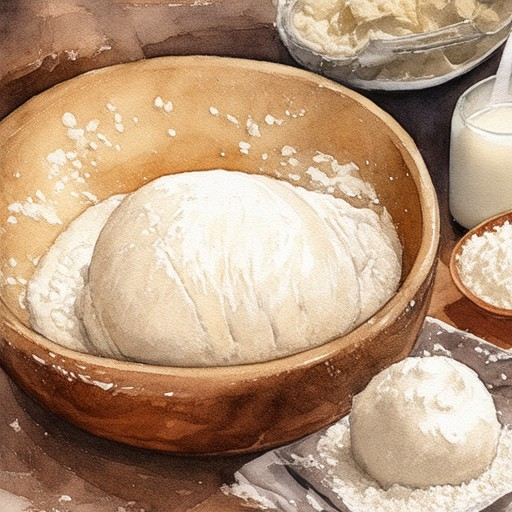
Bread-Making vs. Store-Bought Bread Cost Comparison
To determine whether it’s cheaper to make bread at home or buy it, let’s analyze the costs and factors involved:
- Homemade Bread Costs:
- Ingredients: Approximately $16 for a 5-pound bag of flour, $3 for yeast, and $1 for salt (varies by location).
- Total: Around $20 for a large batch.
- Store-Bought Bread Costs:
- Regular loaf: $4-$8 depending on type and availability.
While store-bought bread may be cheaper per loaf, homemade bread offers long-term savings, especially for frequent bakers. The initial investment in ingredients and time yields economical batches, though it requires some learning and effort. Customization options also add value to homemade bread.
How Long Does Homemade Bread Last?
Homemade bread typically lasts 2-3 days at room temperature under proper storage conditions. However, this can vary depending on several factors:
- Moisture Content: Breads with higher moisture, such as sourdough, may last slightly longer due to their naturally acidic environment, which inhibits mold growth.
- Storage Temperature: Storing bread in a cool, dry place, ideally between 50-70°F (10-21°C), can extend its freshness. Refrigeration can also slow staling, though it’s better to keep it at room temperature to avoid condensation.
- Sealing: Keep bread wrapped tightly in plastic wrap or stored in an airtight container to prevent exposure to air, which can cause it to stale faster.
- Bread Type: Whole grain and multi-grain breads, which are denser and have more oil, tend to last slightly longer than refined white bread.
- Flour Quality: Bread made with whole wheat flour may not last as long as bread made with white flour due to its higher fat and protein content.
- Baking Technique: Proper baking is crucial. Overbaking can lead to a hard crust, while underbaking can result in a doughy texture that allows mold to grow more quickly.
For extended freshness:
- Store in the refrigerator for up to 5-7 days, though it’s best kept at room temperature for optimal flavor.
- Freeze the bread in an airtight wrapper for up to 2-3 months. Thaw at room temperature before serving.
Signs of spoilage:
- Change in smell (a sour or off odor indicates bacteria growth)
- Mold growth (visible spots or fuzzy patches)
- Dryness or crumbly texture
- Unpleasant taste or appearance
By following these guidelines, you can enjoy your homemade bread for the longest possible time while ensuring it remains fresh and delicious.
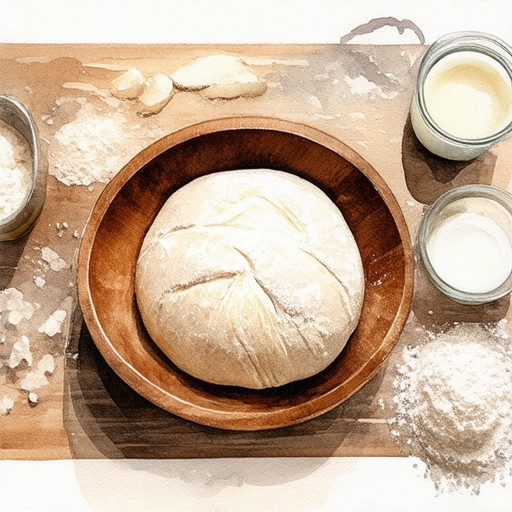
Is It Worth Buying a Bread Maker?
Deciding whether to purchase a bread maker involves evaluating its benefits against its costs and your personal preferences. Below is a comprehensive overview to help you make an informed decision.
Pros of Owning a Bread Maker
- Convenience: A bread maker simplifies the process of making fresh bread, allowing you to bake at the push of a button and freeing up your time for other activities.
- Quality: Many bread makers produce healthier, more nutritious bread compared to store-bought options, often containing fewer preservatives and additives.
- Variety: With programmable settings, you can bake a variety of bread types, including whole wheat, sourdough, rye, and gluten-free options.
- Time-Saving: Baking bread from scratch can take hours, whereas a bread maker significantly reduces cooking time.
Cons of Owning a Bread Maker
- Cost: High-end models can be expensive, though there are affordable options available.
- Maintenance: Cleaning the machine after use is necessary to prevent bacteria growth and odors.
- Learning Curve: New users may find it challenging to master the settings and achieve perfect results initially.
- Space Requirements: Larger machines may require significant counter space, which could be a limitation in smaller kitchens.
Factors to Consider Before Purchasing
- Budget: Determine your price range and look for models within that bracket that offer the features you desire.
- Frequency of Use: If you plan to bake frequently, investing in a reliable model is worthwhile. For occasional use, a simpler option may suffice.
- Skill Level: Novice bakers may benefit from models with built-in guides or automatic settings to ensure consistent results.
- Desired Features: Decide on essential features like timers, delay functions, or programmable settings based on your baking needs.
Alternatives to Consider
- Sourdough Starter: For those who enjoy traditional sourdough, a starter requires minimal effort and can be maintained long-term.
- Pancake Mixes: Pre-mixed pancake and waffle mixes are convenient for quick breakfasts but lack the freshness of homemade bread.
- Food Processor Attachments: Some food processors come with attachments that allow you to mix dough and knead ingredients manually before baking in a separate oven.
Conclusion
Whether a bread maker is worth it depends on your lifestyle and priorities. If you value convenience, enjoy baking, and appreciate the health benefits of homemade bread, investing in a quality model can be a rewarding choice. For those who prefer simplicity or have limited kitchen space, alternative methods may be more suitable.
Remember, the best bread maker is one that fits your specific needs and usage habits. Explore our recipe ideas and baking tips to maximize your investment!

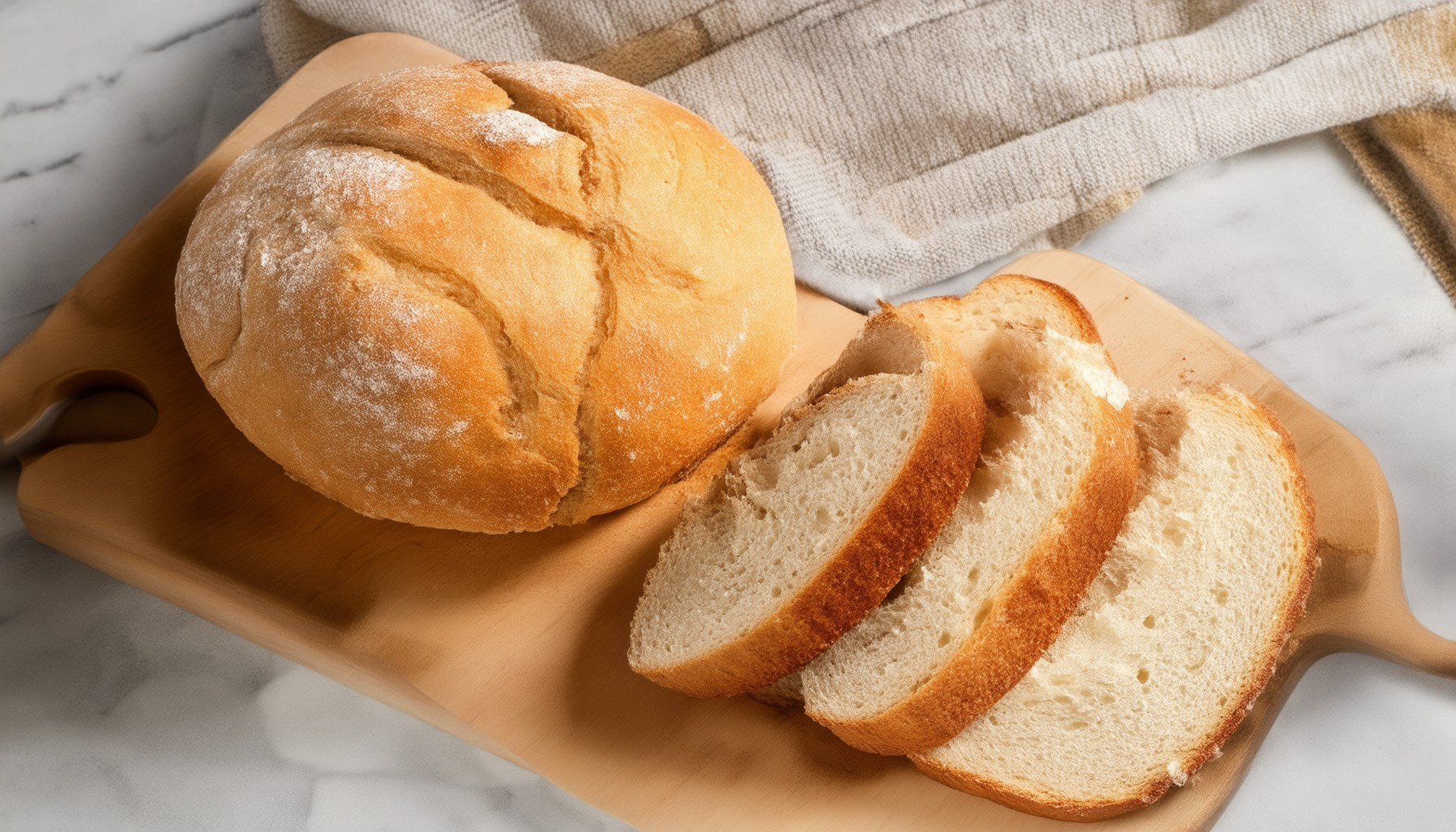
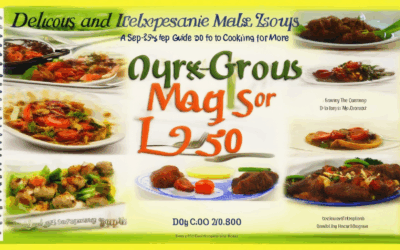


0 Comments